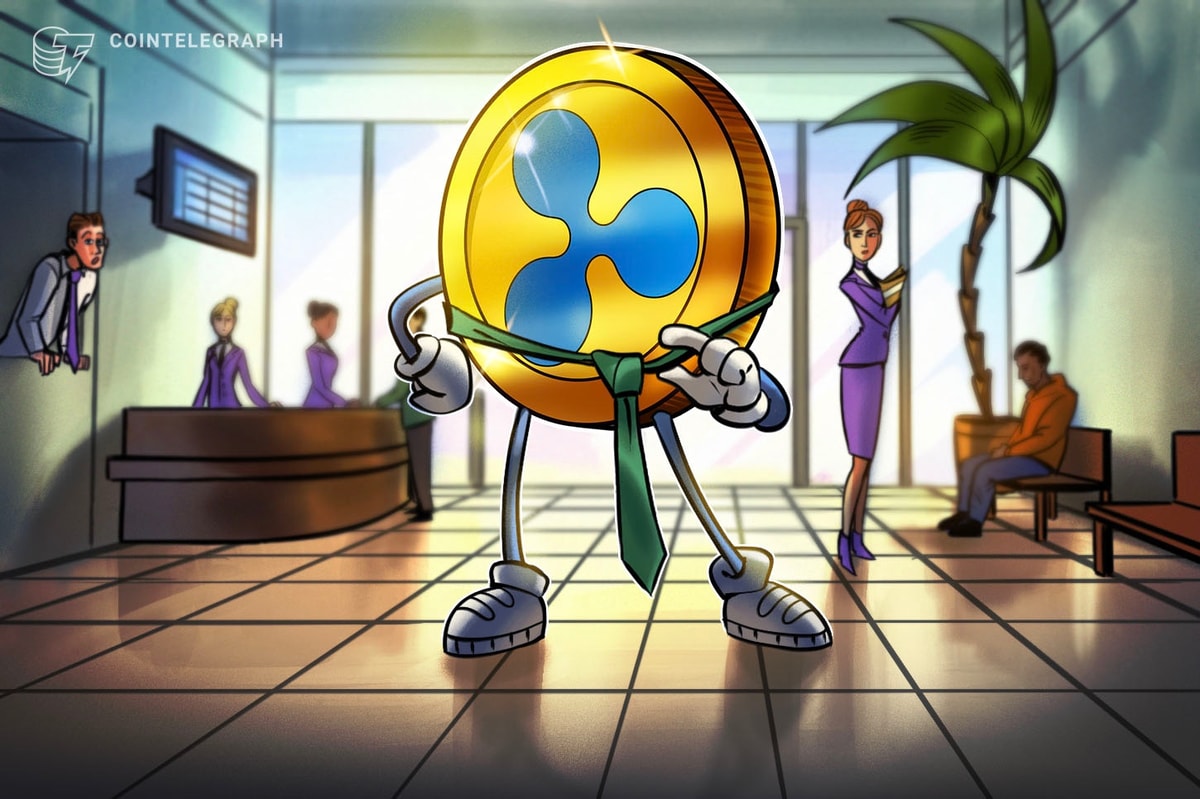Ripple has made a slew of acquisitions to control key transaction rails and route them through XRP and its stablecoin, Ripple USD (RLUSD), drawing com
Ripple has made a slew of acquisitions to control key transaction rails and route them through XRP and its stablecoin, Ripple USD (RLUSD), drawing comparisons to Japanese investment firm SoftBank.
The $1.25-billion acquisition of Hidden Road on April 8 allows Ripple to use RLUSD as collateral in the firm’s prime brokerage products. Hidden Road will also migrate its post-trade operations to the XRP Ledger, the blockchain that underpins cryptocurrency XRP (XRP) and several of Ripple’s institutional services.
Omni Network founder and CEO Austin King knows Ripple’s strategy firsthand. He sold his startup, Strata Labs, to Ripple in 2019 and describes the approach as a “SoftBank-type” acquisition strategy.
Instead of in-house development like Google or Meta (formerly Facebook), SoftBank built its empire through aggressive investments, joint ventures and acquisitions. Ripple seems to be following a similar playbook, but not everyone’s convinced the comparison holds.
The SoftBank model in Ripple
Two deals put SoftBank on the global map: an early investor in Yahoo and the legendary $20-million bet on Alibaba, which exploded to $60 billion when Alibaba went public in 2014. SoftBank recycled its returns into fresh capital, exits and a sprawling ecosystem. That included the $20-billion move into US telecom via Sprint and semiconductors through its $31-billion acquisition of UK-based ARM.
“This wide breadth of coverage allowed SoftBank to create synergies across their entire portfolio of companies,” King told Cointelegraph. “Ripple is performing a similar strategy focused on financial services, but instead of venture bets on Yahoo and Alibaba enabling this, it is XRP.”
Related: Does XRP, SOL or ADA belong in a US crypto reserve?
Considering Ripple’s recent acquisitions, both firms buy infrastructure instead of building it from scratch and treat their portfolios as ecosystems rather than one-off investments.
Both companies rely on capital as leverage. SoftBank used its $100-billion Vision Fund to outbid competitors. Ripple also has a war chest of XRP and cash. As of March 31, Ripple had 4.56 billion XRP (around $11 billion at current prices) and another 37.13 billion XRP ($89.8 billion) in escrow.
Acquisitions expand the footprint for XRP and RLUSD in traditional finance, turning them into embedded components of custody, brokerage and payment flows. This creates what King describes as a token-fueled flywheel. Ripple uses its assets to acquire infrastructure, which in turn drives usage back into those assets.
“With a full-stack infrastructure, Ripple can embed XRP as the native bridge asset between networks, custodians and tokenized assets. Meanwhile, RLUSD can provide a regulated, USD-pegged unit of account that institutions want,” said Sid Powell, co-founder and CEO of institutional blockchain lender Maple.
King’s analogy has its skeptics.
“SoftBank operates more as a conglomerate or holding company, taking broader investment positions across industries. On the other hand, Ripple is taking a more focused and product-related approach with its recent acquisitions tied to payment missions and core blockchain,” Powell said.
Casper Johansen, co-founder of Spartan Group, told Cointelegraph the comparison seems “a bit stretched,” noting that SoftBank’s success came from acquiring and turning around operating businesses, joint ventures, minority stakes and eventually exiting some for large gains.
Ripple joins the crypto M&A arms race
Instead of spanning telecom, media and chips, Ripple is assembling a financial infrastructure stack. It acquired custody firms Metaco in 2023 and Standard Custody in 2024. The latest addition, prime broker Hidden Road, brings 300 institutional clients clearing $3 trillion annually.
“Where Metaco lays the foundation — the vault for storing assets — Hidden Road allows Ripple to leverage its massive balance sheet to turbocharge Hidden Road’s business, in which access to capital — a lot of capital — is critical in order to keep growing and competing,” Johansen said.
The move echoes a broader M&A wave among US crypto firms. Kraken recently acquired NinjaTrader for $1.5 billion, while Coinbase has acquired Deribit for $2.9 billion.
These acquisitions follow a shift in the US regulatory climate that’s clearing the runway for crypto firms to scale. For years, companies like Ripple were stuck in limbo, facing lawsuits, enforcement actions and denied access to basic banking services under Gary Gensler’s Securities and Exchange Commission.
Related: Ripple celebrates SEC’s dropped appeal, but crypto rules still not set
While “debanking” remains a concern, industry leaders say momentum is changing. Ripple CEO Brad Garlinghouse said in a recent media…
cointelegraph.com
